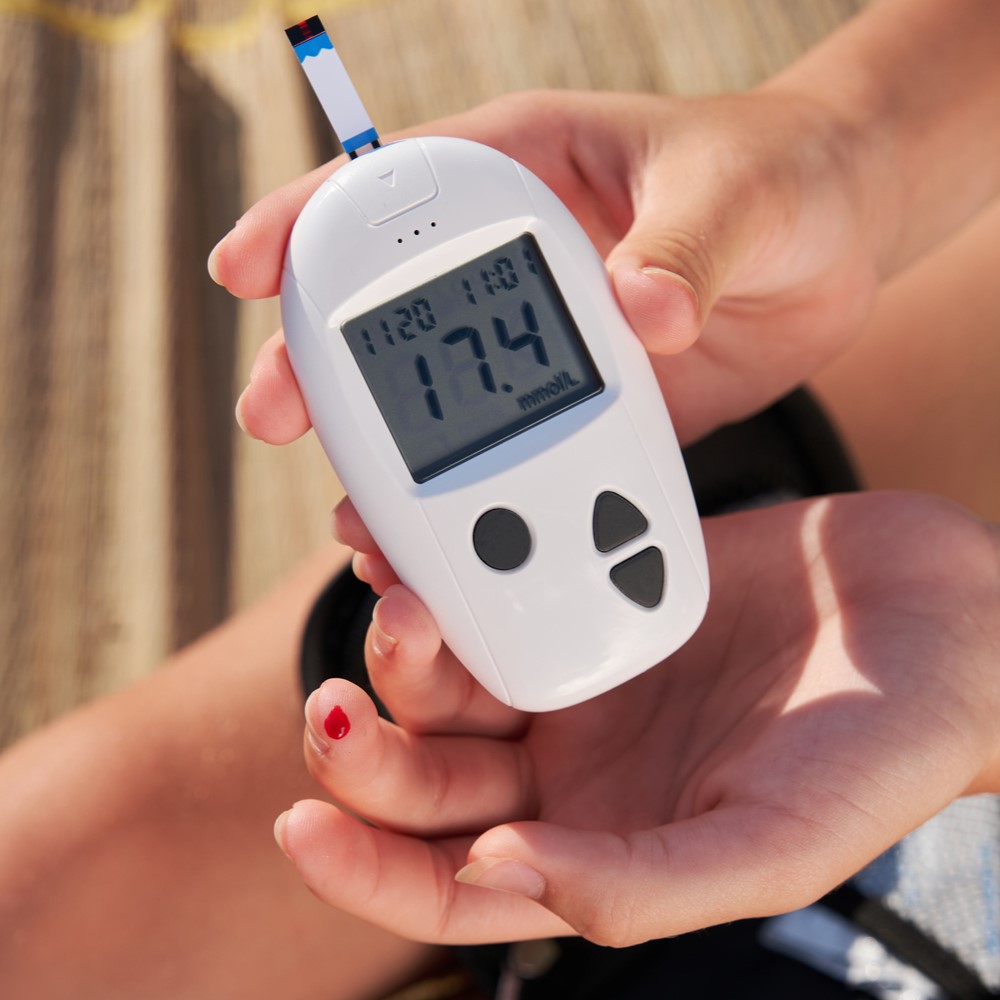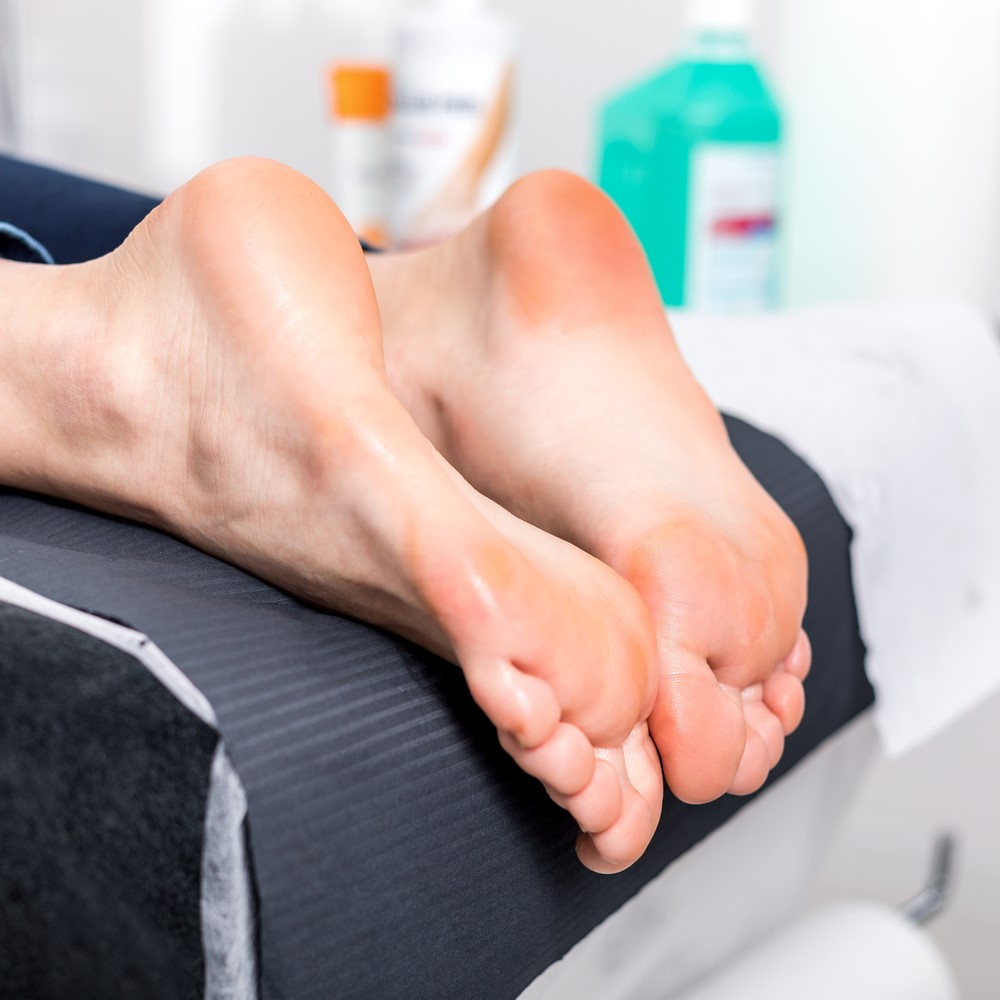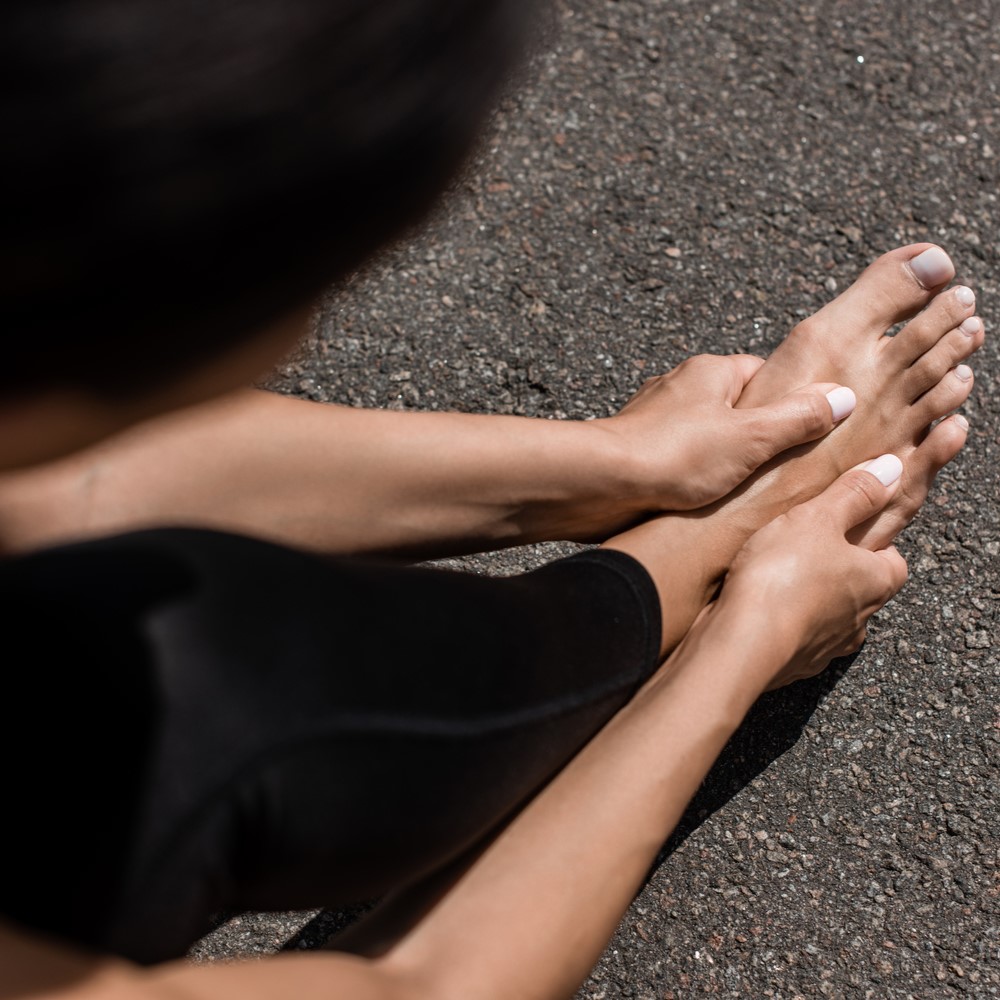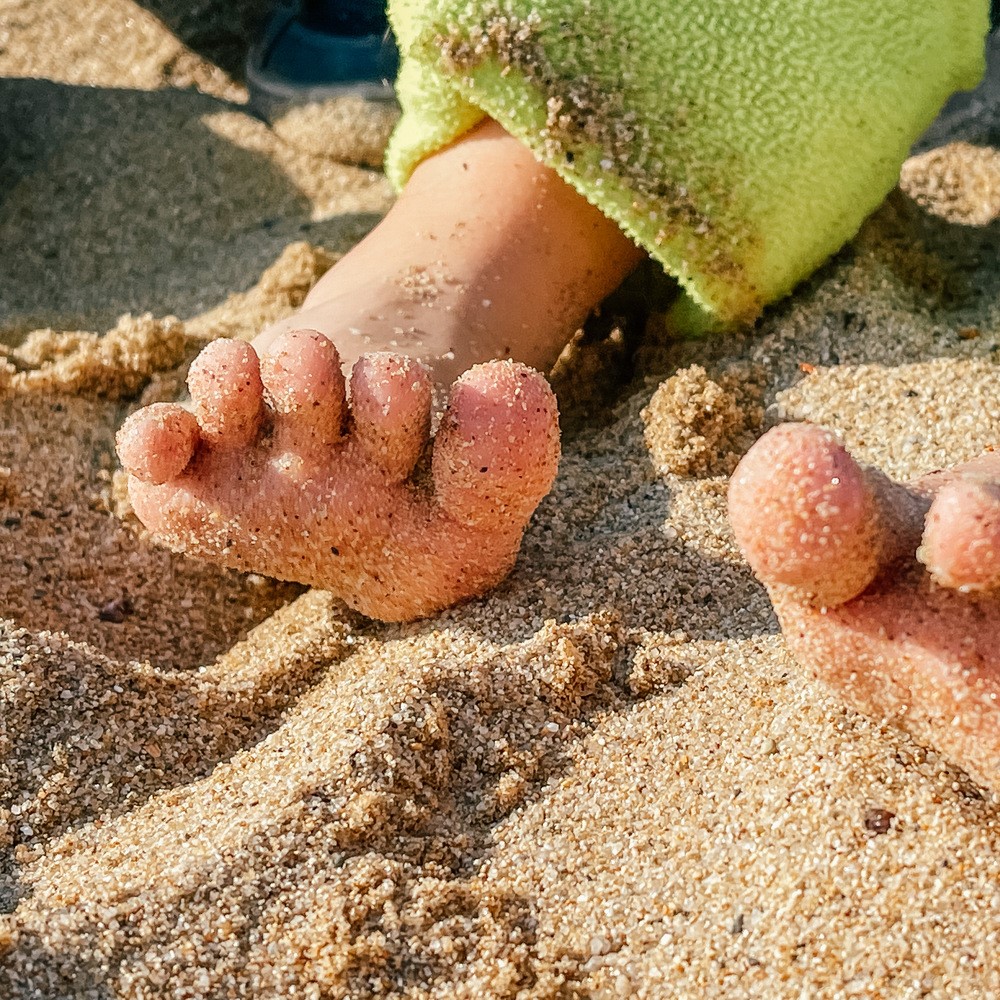Conquering Cracked Heels and Dry Feet
As the days grow shorter and temperatures dip, our attention naturally turns inwards. Cozy sweaters, and steaming mugs become the norm. But while we bundle up to combat the chill, one often-neglected area remains exposed: our feet. This can lead to a common winter woe – cracked heels and dry feet. Sure, they might be tucked away in boots most of the time, but ignoring these hardworking appendages can lead to discomfort, pain, and even potential infection. That’s why this blog post will be your battle cry against cracked heels and dry feet. Why the Cracked Heels? Several factors contribute to dry, cracked heels in winter. The colder air holds less moisture, zapping precious hydration from your skin. Frequent hot showers and baths further strip away natural oils, leaving your feet feeling like sandpaper. And let’s not forget about those snug boots and slippers – while cozy, they can trap sweat and create a breeding ground for fungus, exacerbating dryness and irritation. Your Home Spa Awaits The good news is that tackling cracked heels and dry feet doesn’t require expensive salon treatments. You can pamper your precious peonies right at home with these simple steps: Prevention is Key: While pampering is essential, preventing dryness in the first place is even better. Here are some proactive tips: When to Seek Help: While most cases of cracked heels and dry feet respond well to home care, some situations require professional attention. If you experience deep cracks, bleeding, severe pain, or signs of infection (redness, swelling, pus), consult a doctor or podiatrist for proper diagnosis and treatment. Remember, your feet deserve some love too! Show them the appreciation they deserve and keep those happy toes tapping all season long.
Conquering Cracked Heels and Dry Feet Read More »












